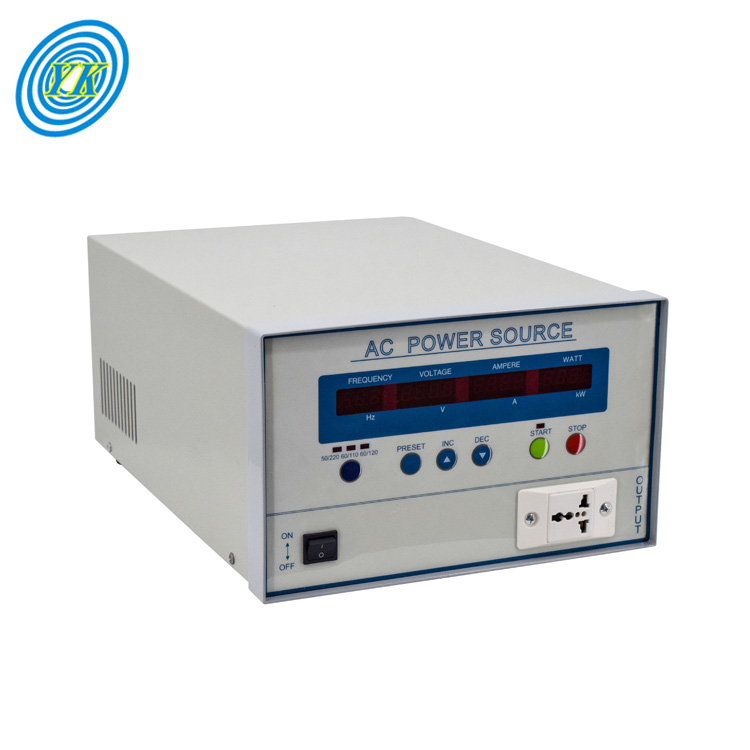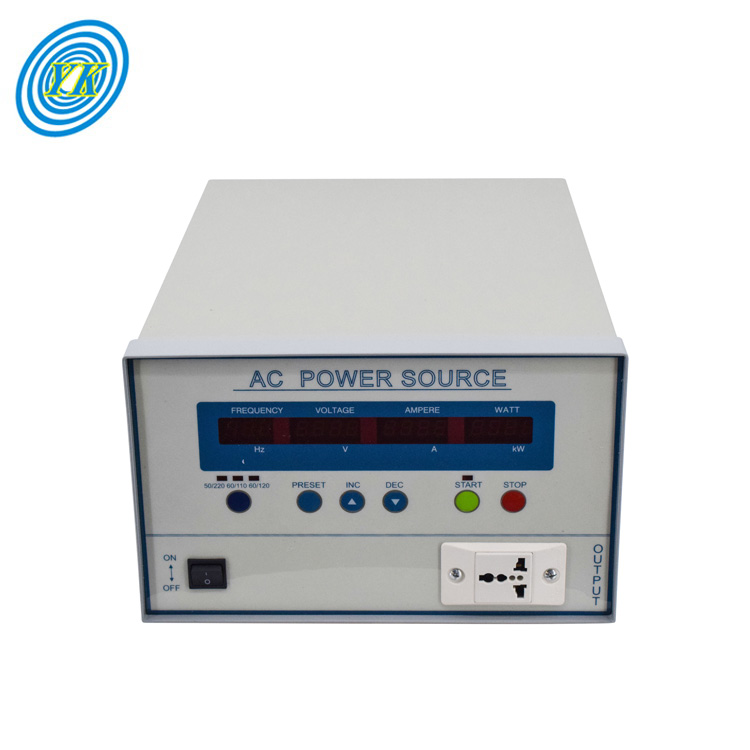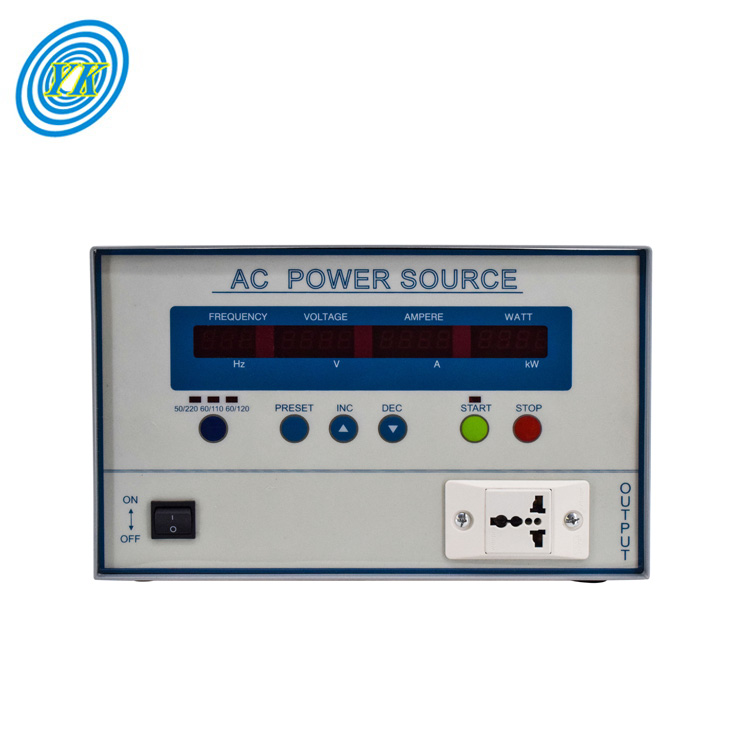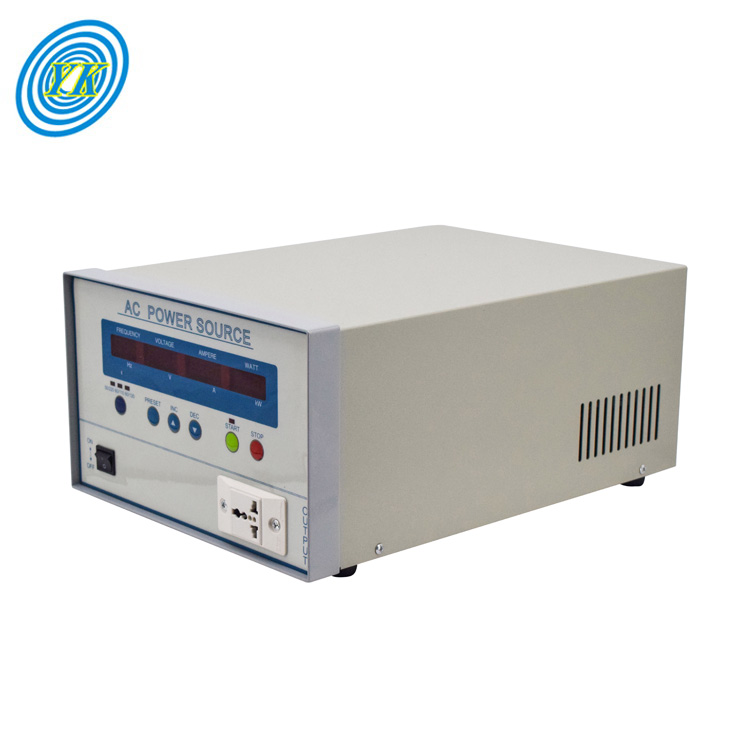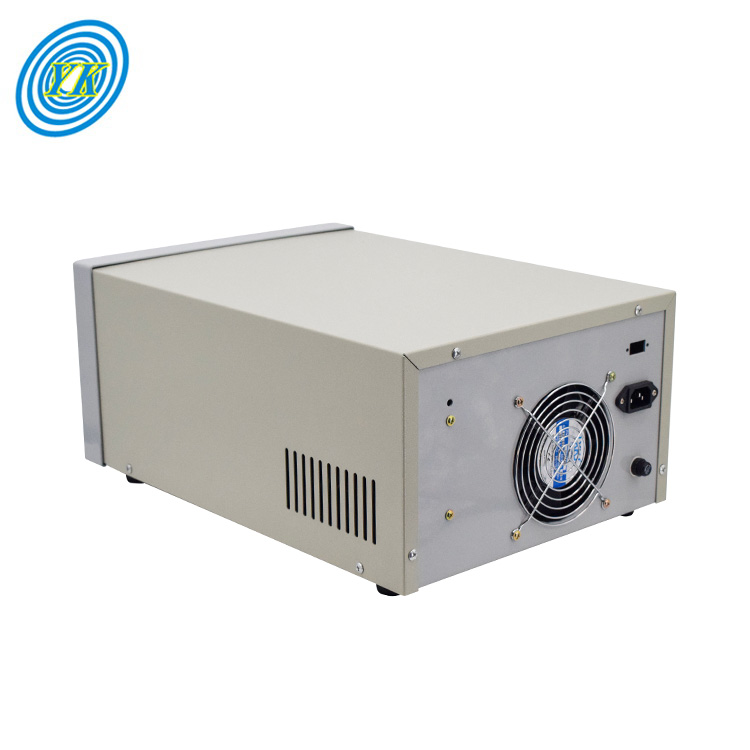News
Advancements and Efficiency in Frequency Conversion Technologies: From Motor Control to Power Quality
Click: 674 Date: 01/09/2024 2::09::47 PM
Advancements and Efficiency in Frequency Conversion Technologies: From Motor Control to Power Quality
To enhance motor performance using Variable Frequency Drives (VFDs), we must delve into the mechanisms by which VFDs control and improve the operation of electric motors.
Optimizing Speed Control: VFDs allow precise control over motor speed by adjusting the frequency and voltage of the power supplied to the motor. This flexibility can lead to improved process control and product quality in applications where varying the motor speed is necessary.
Energy Savings: By operating motors at the most efficient speed for the application, VFDs reduce energy consumption. This is especially true for applications with variable loads, where running at full speed at all times is not necessary.
Extended Motor Life: VFDs can reduce the mechanical and thermal stress on motors by providing a soft start capability. This gradual ramp-up of speed can extend the lifespan of the motor by minimizing the wear and tear associated with high inrush currents at startup.
Enhanced Process Control: With the ability to finely tune motor speeds, VFDs contribute to better accuracy and repeatability in processes that require precise motor speed adjustments.
Reduction of Maintenance Costs: Since VFDs help in operating motors under optimal conditions, they can also lead to a reduction in maintenance costs due to fewer mechanical breakdowns and less downtime.
By implementing VFDs, industries can realize significant improvements not only in the performance of their motors but also in overall operational efficiency.
Understanding the Role of Inverters in Power Conversion
Inverters play a crucial role in power conversion, transforming direct current (DC) into alternating current (AC). This process is essential for various applications where AC power is required but only DC power is available. Here's an overview of the role of inverters in power conversion:
Conversion Principle: Inverters use semiconductor devices to switch DC input on and off and generate an AC waveform. This waveform can then be filtered or modified to closely resemble the standard AC power waveform.
Types of AC Waveforms: Inverters produce different types of AC waveforms, such as pure sine wave, modified sine wave, and square wave. The pure sine wave is ideal for sensitive electronic devices as it closely mimics the waveform provided by utility companies.
Applications: Inverters are used in a variety of settings, including renewable energy systems (like solar panels), uninterruptible power supplies (UPS), electric vehicle drives, and any situation where AC equipment must run off batteries or other DC sources.
Variable Frequency Drives: Inverters are integral to variable frequency drives (VFDs), which control the speed of an AC motor by varying the frequency and voltage of the power supplied to the motor.
Efficiency and Quality: Modern inverters aim to maximize efficiency and minimize total harmonic distortion (THD) to ensure the quality of the AC power is maintained.
High Voltage Direct Current (HVDC) Transmission: Inverters are also used in HVDC power transmission systems, where they convert high-voltage DC back into AC for distribution.
In summary, inverters are versatile devices essential for converting DC to AC, enabling the use of AC appliances and equipment in environments where only DC power is available, and contributing significantly to the control and efficiency of electric power systems.
The Impact of Pulse Width Modulation on Frequency Conversion Efficiency
Pulse Width Modulation (PWM) is a powerful technique used in electronic circuits to control the amount of power delivered to a load without significant power loss. It achieves this by varying the width of the pulses in a signal, hence the term "pulse width modulation." This modulation method is particularly effective in applications such as motor control and LED dimming, where it enables precise control over speed and brightness respectively.
PWM operates by switching the power to a device on and off at a high frequency with a variable duty cycle. The duty cycle is the percentage of one period in which a signal or system is active. A higher duty cycle increases the amount of power delivered to the load, while a lower duty cycle reduces it. This rapid switching with a variable duty cycle means that the device receives a series of pulses rather than a constant voltage or current, allowing finer control over its operation.
One of the key characteristics of PWM is the frequency at which the pulses are switched on and off. The frequency must be high enough so that the load, such as a motor or an LED, perceives a smooth, continuous signal rather than discrete pulses. For example, a low frequency could cause an LED to visibly flicker, while a sufficiently high frequency would make the light appear stable.
The efficiency of frequency conversion in PWM systems is largely due to the fact that power loss is minimized during the switching process. When the switch is off, there is almost no current, and when it is on, there is very little voltage drop across the switch. This results in very low power loss, making PWM an efficient way to control power delivery to a load.
In addition to efficiency, PWM is highly compatible with digital technology, which operates in discrete states (on/off). This makes it simple to implement PWM control using digital circuits, which can easily adjust the duty cycle to achieve the desired level of control.
In summary, the impact of PWM on frequency conversion efficiency is significant due to the precise control it offers and the minimal power loss during the switching process. This makes it an indispensable technique in modern electronics where power efficiency and fine control are paramount.
The Impact of Pulse Width Modulation on Frequency Conversion Efficiency
Pulse Width Modulation (PWM) significantly influences the efficiency of frequency converters by controlling the average power delivered to a load without the substantial power loss associated with resistive methods. PWM achieves this by rapidly switching the power source to the load on and off, with the relative on-time known as the duty cycle. The duty cycle, represented as a percentage of the total cycle time, directly affects the average voltage and current reaching the load, thus controlling the power without changing the voltage source.
The frequency of the PWM signal is equally crucial. It must be high enough to prevent the load, particularly inertial loads like motors or perceptual loads like LEDs, from reacting to the switching itself, thereby ensuring a smooth operation. For example, a low-frequency PWM signal could cause a motor to exhibit a surging behavior, while a high-frequency signal would maintain a steady motor speed or a stable LED brightness level.
PWM's efficiency comes from the fact that during the 'off' phase of the cycle, there is minimal current flow, and during the 'on' phase, there is almost no voltage drop across the switch. This results in very low power losses during the switching process. Additionally, since digital circuits inherently operate in on/off states, they are particularly well-suited for generating and controlling PWM signals, allowing precise control over the duty cycle.
Furthermore, PWM is utilized in various applications, such as variable frequency drives (VFDs) for AC motor speed control, where the PWM signal is used to emulate an AC waveform by varying the polarity of the output voltage. This allows for efficient motor speed regulation by changing the frequency of the AC signal rather than its amplitude, thereby improving energy efficiency and control precision.
The design and analysis of circuits utilizing PWM require careful consideration of both the duty cycle and frequency to ensure efficient and effective power delivery to the load. Modern PCB design and analysis software can facilitate the development of these circuits, allowing engineers to optimize PWM parameters for their specific application needs.
Harmonics and Electromagnetic Interference: Mitigation Strategies in Frequency Converters
Electromagnetic interference (EMI) is a disturbance that affects an electrical circuit due to either electromagnetic induction or electromagnetic radiation emitted from an external source. The disturbance may interrupt, obstruct, or otherwise degrade or limit the effective performance of the circuit. EMI can be seen as a form of pollution in the electromagnetic spectrum that can come from natural occurrences such as solar flares or man-made sources like electrical power lines, machinery, or broadcasting towers.
Electromagnetic interference can be classified based on various factors:
Source of EMI: EMI can originate from natural phenomena such as lightning and solar flares or from man-made sources such as electronic devices and power lines.
Bandwidth of EMI: EMI can be either broadband, which is not confined to discrete frequencies and can arise from both natural and man-made sources, or narrowband, which comes from a single or narrow band of frequencies.
Duration of EMI: EMI can be continuous, emitted constantly for as long as the source and receiver are coupled, or impulse, occurring in short bursts or intermittently.
Mitigation strategies for EMI in frequency converters involve several practices and design considerations:
Filtering: The use of filters to block unwanted EMI signals is common. Filters can be integrated into cables, connectors, and power lines, and are essential in protecting against EMI.
Grounding: Proper grounding can serve as a pathway for EMI to be safely dissipated into the Earth rather than affecting the electronic devices.
Shielding: This involves enclosing sensitive electronics in materials that block EMI, such as metallic enclosures, to prevent interference.
Design: Careful layout and design of electronic systems can minimize EMI. This includes minimizing the length of signal paths, using differential signaling, and avoiding loop areas that can act as antennas.
Standards Compliance: Adhering to EMC (Electromagnetic Compatibility) standards and guidelines can help in designing systems that both minimize EMI emissions and are resistant to EMI.
Advanced Communication Protocols: Using communication protocols that are designed to be robust against EMI can improve the reliability of data transmission in the presence of interference.
It's important to note that these strategies are not mutually exclusive and are often used in combination to ensure effective EMI mitigation. For example, a frequency converter might incorporate EMI filters, be housed within a shielded enclosure, and have a design that includes proper grounding and layout to minimize the effects of EMI. Additionally, regular testing for EMC can help identify potential EMI issues before they become problematic.
Addressing EMI is crucial for maintaining the reliability and efficiency of frequency converters, which play a key role in power conversion and motor speed control in various industrial and commercial applications. By implementing these mitigation strategies, engineers can design frequency converters that function effectively even in environments with significant electromagnetic disturbances.
Advancements in Three-phase Converter Technologies for Industrial Applications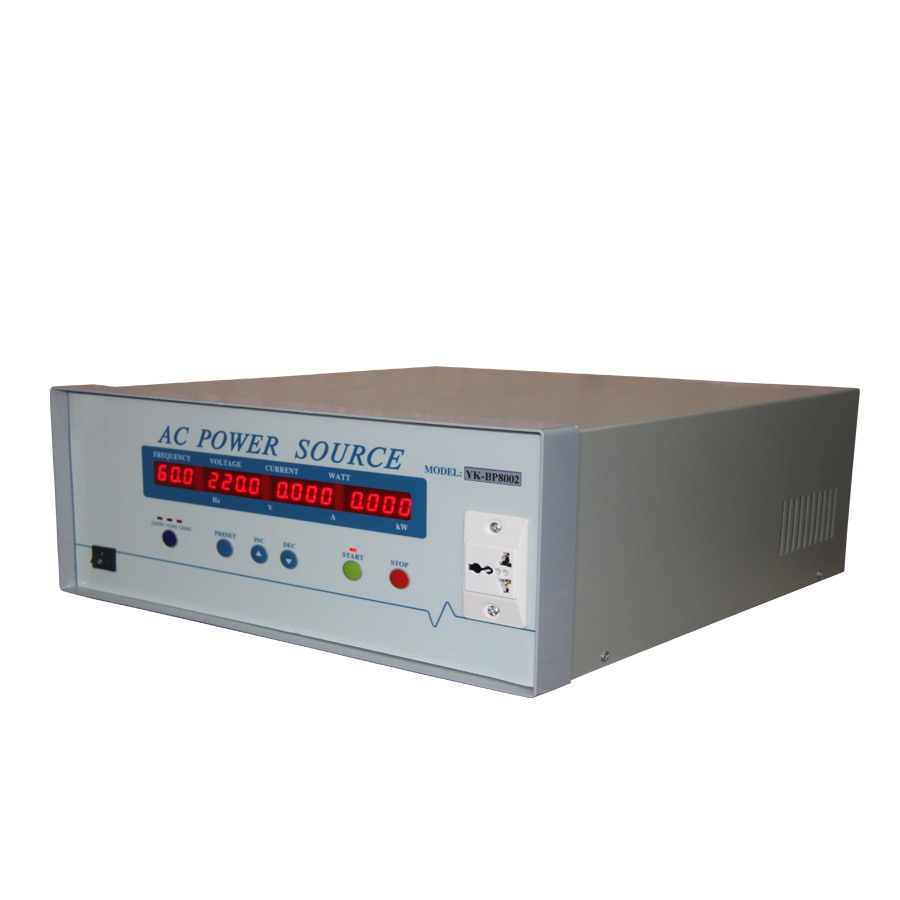
The field of industrial applications has seen significant developments in three-phase converter technology, which have greatly enhanced the capabilities and efficiency of various systems. These advancements have been critical in addressing the complex needs of modern industry, where power conversion and motor control are pivotal for operations.
One notable advancement in three-phase converters is the improvement in design and materials that has led to more compact, efficient, and cost-effective units. These modern converters are capable of handling higher power levels and provide better control over motor speeds, resulting in improved performance and energy savings.
Innovations in semiconductor technology have also played a crucial role. The use of Silicon Carbide (SiC) and Gallium Nitride (GaN) transistors, for instance, has allowed for converters that operate at higher frequencies with reduced heat loss. This translates to less energy waste and a lower need for cooling systems, which can be both space-consuming and expensive.
Furthermore, the integration of advanced control strategies, such as vector control and direct torque control, has improved the precision with which motors can be managed. This is particularly important in applications requiring highly dynamic performance, such as in robotics or CNC machinery.
The focus on minimizing electromagnetic interference (EMI) and harmonics has led to the development of sophisticated filtering and shielding techniques. These advancements ensure that frequency converters can operate in compliance with stringent regulatory standards while reducing the potential for disruptive interference in sensitive environments.
Lastly, the push towards smart and connected industrial systems has seen frequency converters being equipped with communication capabilities. This allows for better monitoring, diagnostics, and integration with industrial automation systems, paving the way for predictive maintenance and enhanced operational efficiency.
All these advancements collectively contribute to a more reliable, efficient, and intelligent industrial landscape. As three-phase converter technology continues to evolve, the potential for further innovation remains vast, promising even greater contributions to industrial productivity and sustainability.
